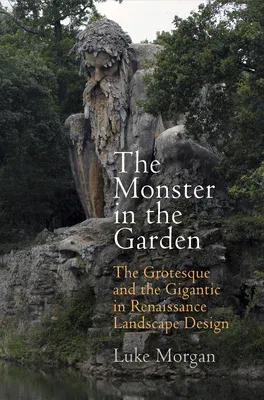Luke Morgan
(Author)The Monster in the Garden: The Grotesque and the Gigantic in Renaissance Landscape DesignHardcover, 29 October 2015

Qty
1
Turbo
Ships in 2 - 3 days
In Stock
Free Delivery
Cash on Delivery
15 Days
Free Returns
Secure Checkout

Part of Series
Penn Studies in Landscape Architecture
Print Length
256 pages
Language
English
Publisher
University of Pennsylvania Press
Date Published
29 Oct 2015
ISBN-10
0812247558
ISBN-13
9780812247558
Description
Product Details
Author:
Book Format:
Hardcover
Country of Origin:
US
Date Published:
29 October 2015
Dimensions:
23.37 x
15.24 x
2.79 cm
ISBN-10:
0812247558
ISBN-13:
9780812247558
Language:
English
Location:
Philadelphia
Pages:
256
Publisher:
Weight:
566.99 gm